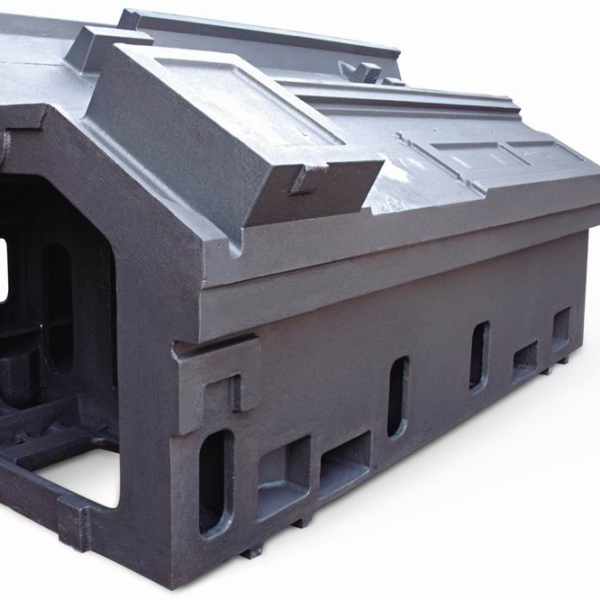Aging treatment of machine tool castings is an important part of the casting process. It aims to eliminate residual stress inside the castings through a series of measures, stabilize their size and organizational structure, and thus improve the mechanical properties and service life of the castings. The following is a detailed analysis of aging treatment of machine tool castings:
1. Purpose of aging treatment
1.1. Eliminate residual stress: During the cooling process of the casting, thermal stress and structural stress will be generated due to the uneven cooling rate of each part. Aging treatment can release or homogenize these stresses through natural or artificial methods to prevent the castings from deforming or cracking during use.
1.2. Stabilize size and organization: Aging treatment can cause subtle changes in the organizational structure inside the castings, such as grain refinement, phase change, etc., thereby improving the dimensional stability and organizational uniformity of the castings.
1.3. Improve mechanical properties: Through aging treatment, the mechanical properties of the castings, such as strength, hardness, and toughness, can be significantly improved to meet higher use requirements.
2. Aging treatment methods
2.1. Natural aging:
·Definition: Place the casting in a natural environment, and gradually release the residual stress inside the casting through temperature fluctuations such as day and night temperature difference and seasonal changes.
·Features: It takes a long time, but the cost is low, and it is suitable for occasions where time is not required.
2.2. Artificial aging:
Definition: Accelerate the release of residual stress inside the casting and the transformation of the organizational structure by artificially controlling conditions such as heating temperature and insulation time.
Classification:
Hot aging involves heating the casting in a furnace to a set temperature. It is kept at this temperature for a specific time, then cooled in the furnace. This method shortens the aging cycle but requires careful control of temperature and time to prevent cracks or deformation.
Vibration aging: Use vibration equipment to apply a certain frequency of vibration to the casting, so that the residual stress inside the casting can be released during the vibration process. This method does not require heating, has a short cycle and high efficiency.
3. Precautions for aging treatment
3.1. Pretreatment: Before aging treatment, the casting needs to be cleaned, detoxified and preheated to ensure that the surface of the casting is clean and the internal impurities are removed.
3.2. Control conditions: For artificial aging treatment, the conditions such as heating temperature, holding time and cooling speed must be strictly controlled to obtain the ideal aging effect.
3.3. Deformation calibration: After aging treatment, the casting may deform to a certain extent. Therefore, a calibration process is required to restore the casting to the size and shape required by the design.
3.4. Quality inspection: After the aging treatment is completed, the casting needs to be inspected for quality to ensure that it meets the design requirements and usage standards.

